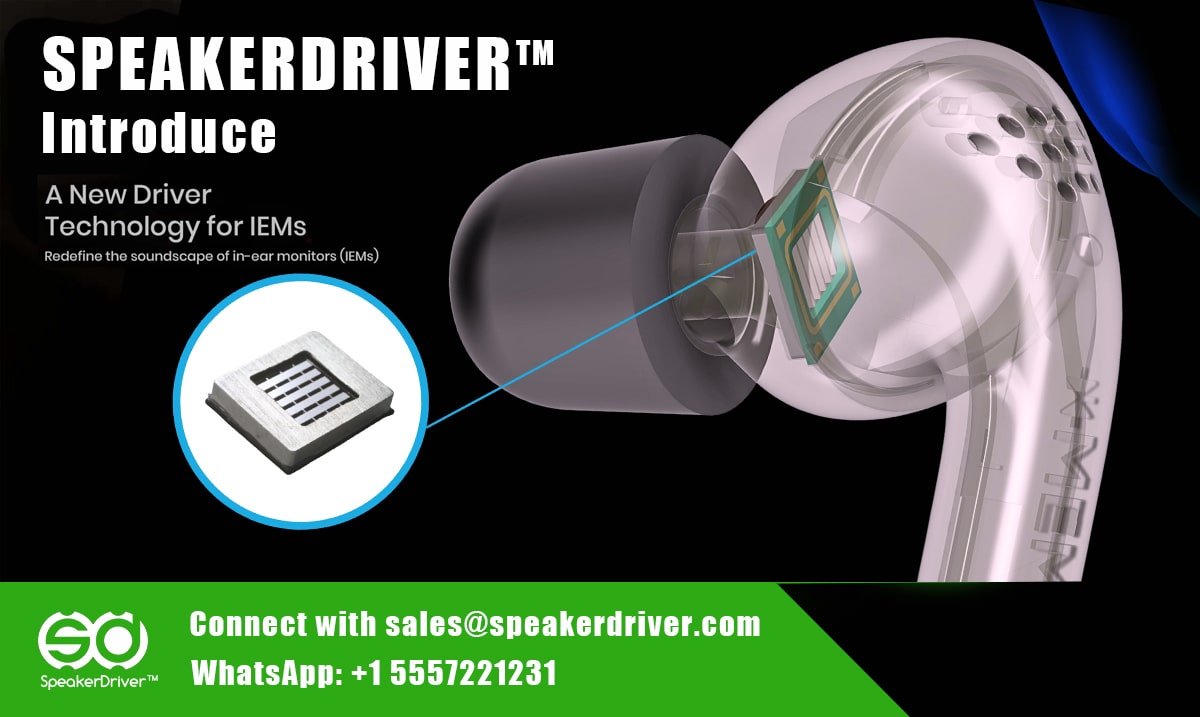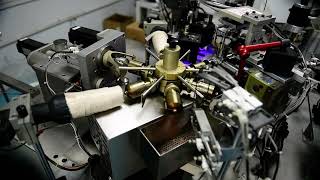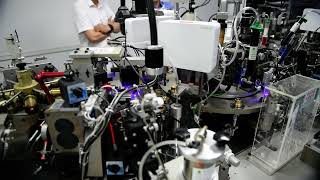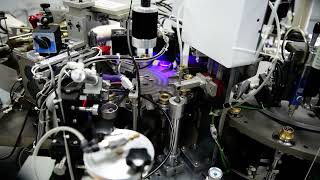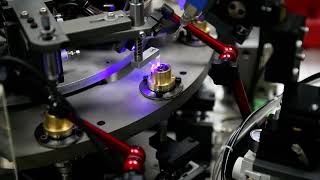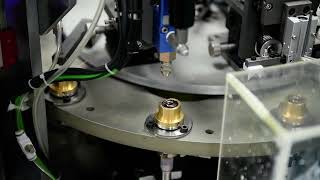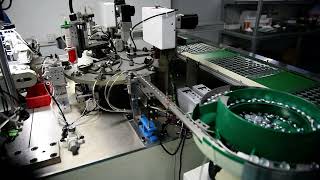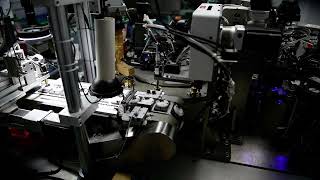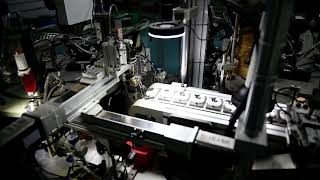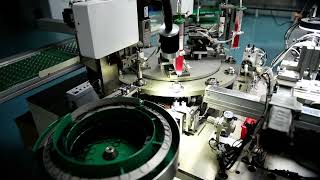xMEMS Ultrasound Earbuds: Technology Overview
xMEMS ultrasound earbuds represent a groundbreaking innovation in audio technology. Unlike traditional speakers that rely on mechanical motion of diaphragms, xMEMS uses piezoelectric silicon micro-speakers that vibrate at ultrasonic frequencies and convert them into audible sound through air modulation. This solid-state approach eliminates moving parts and offers a new paradigm for precision and efficiency in sound delivery.
How xMEMS Drivers Work
-
Ultrasound Modulation:
xMEMS drivers produce sound by modulating ultrasonic carrier waves in the air, similar to how radio transmission works. These modulated waves are then demodulated by the ear into audible sound, offering ultra-fast response and clarity.
- Mechanism: Uses monolithic piezoelectric MEMS actuators integrated with silicon to generate ultrasonic pressure waves.
- Characteristics:
- Sound Profile: Extremely accurate with low latency and high transient response.
- Size & Efficiency: Compact size with higher energy efficiency and minimal power consumption.
- Consideration: Requires specially designed digital signal processors (DSP) to manage ultrasonic modulation and ensure audio fidelity.
Pros and Cons of xMEMS Ultrasound Earbuds
-
Pros:
- Superior Clarity: Eliminates phase distortion and provides crystal-clear audio reproduction, especially in high frequencies.
- Fast Transient Response: Delivers nearly instantaneous changes in audio signals, ideal for high-resolution audio and gaming.
- Solid-State Design: No moving parts means increased durability, reliability, and consistent performance.
- Compact and Lightweight: The tiny silicon speakers allow for sleeker and lighter earbud designs.
- Energy Efficient: Consumes less power than traditional dynamic or planar drivers, extending battery life.
-
Cons:
- Cost: As a relatively new technology, xMEMS earbuds tend to be more expensive to produce and purchase.
- Limited Bass Output: Current xMEMS implementations may struggle to reproduce the same deep bass as dynamic drivers.
- DSP Dependency: Requires highly specialized signal processing to function correctly, which increases design complexity.
- Early Adoption Risks: As with all cutting-edge technologies, real-world performance and long-term durability are still under observation.
Comparisons of xMEMS vs Traditional Drivers
| Driver Type | Sound Profile | Strengths | Weaknesses | Ideal For |
|---|---|---|---|---|
| xMEMS (Ultrasound) | Highly detailed, fast response | Solid-state, durable, precise | Limited bass, higher cost | High-fidelity audio, gaming, audiophiles |
| Dynamic | Warm with strong bass | Powerful lows, affordable | Distortion at high volumes | Casual music listening |
| Balanced Armature | Crisp mids and highs | Compact, precise | Weak low end | In-ear monitors |
| Planar Magnetic | Flat and accurate | Low distortion, great imaging | Large size, expensive | Audiophile-grade listening |
Conclusion
xMEMS ultrasound earbuds are paving the way for a solid-state audio revolution, offering high precision, low latency, and unparalleled reliability. While the bass performance and cost may be limiting factors for some users, their advantages in clarity and responsiveness make them a compelling choice for tech enthusiasts and audiophiles seeking the next leap in audio technology.
If you're looking for futuristic sound fidelity with next-gen durability, xMEMS is worth keeping your ears on.
